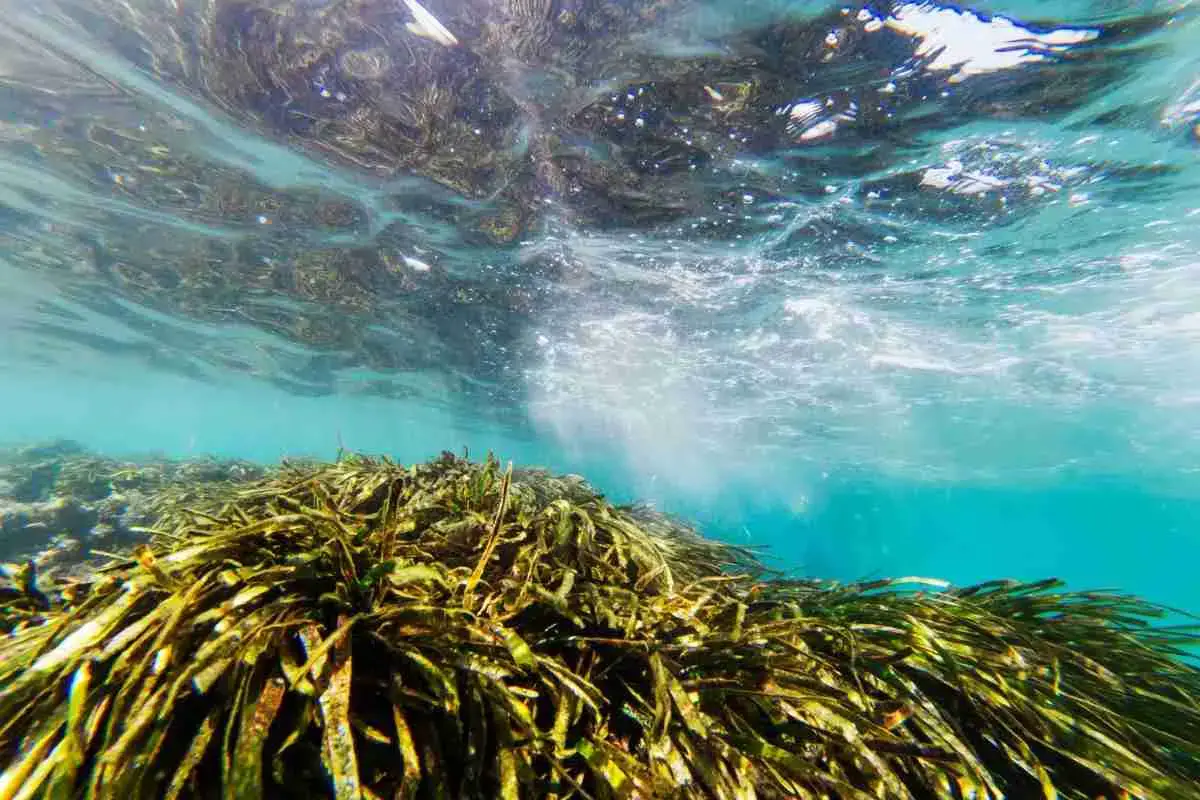
Can Moss Grow Underwater? List & Benefits
Read more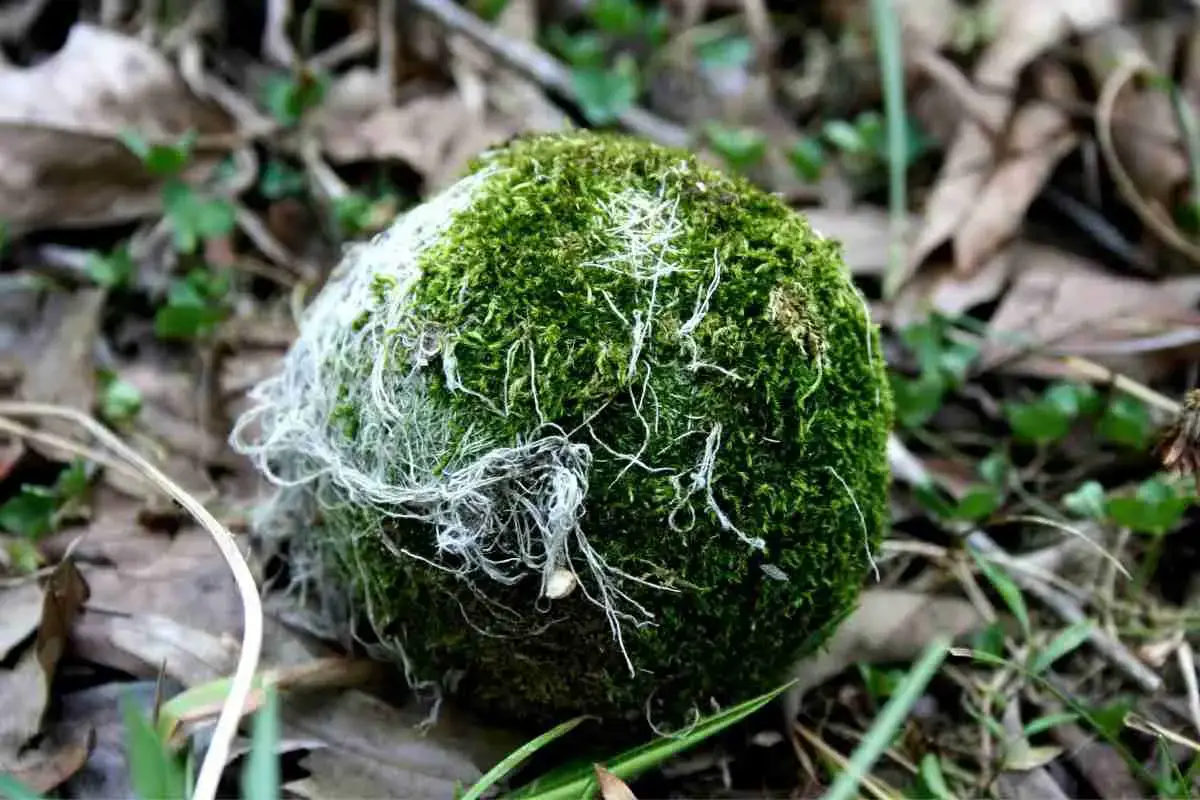
Are Moss Balls Alive? Everything You Need To Know!
Read more
Does Algae Need Sunlight? The Surprising Truth!
Read more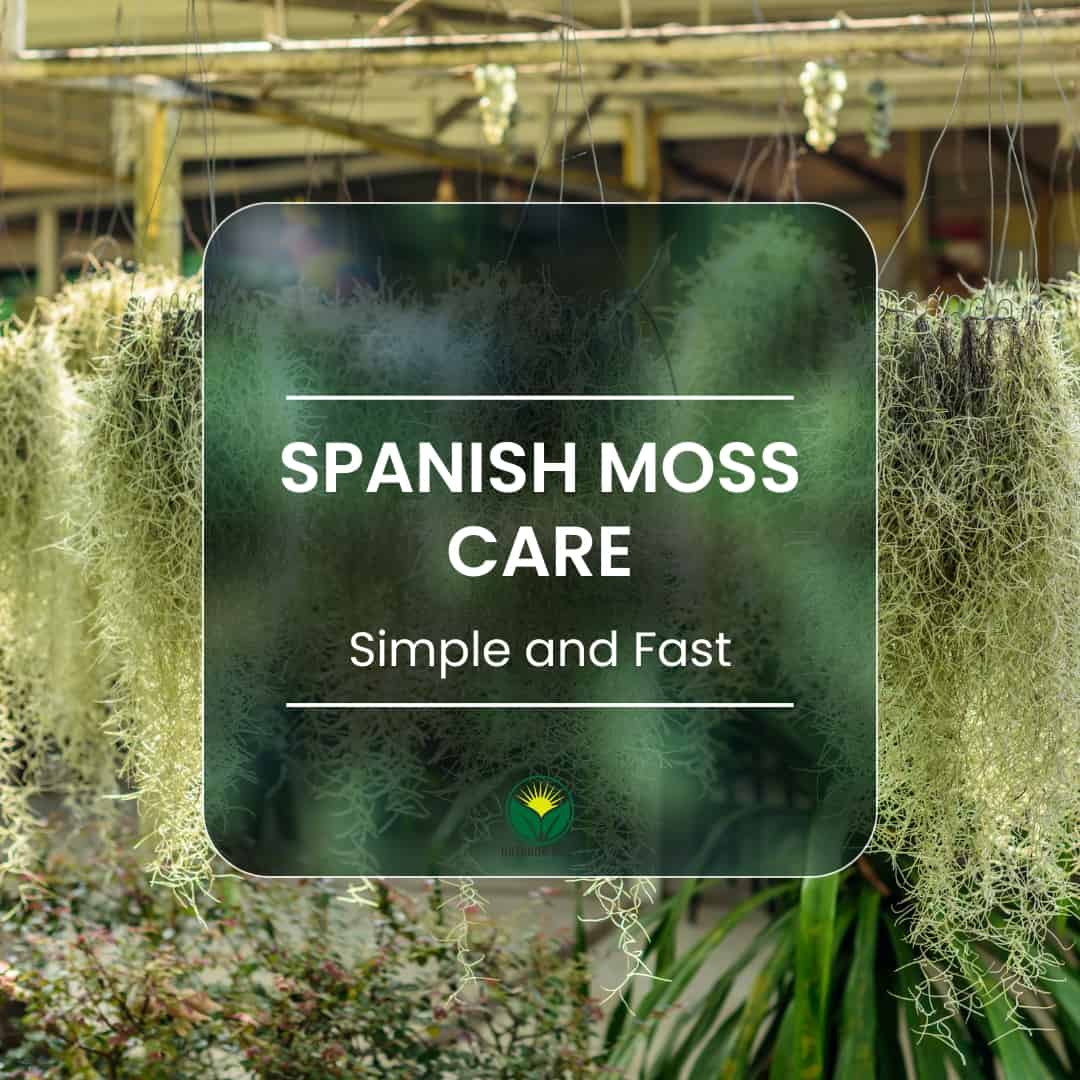
The best way to care for Spanish moss (Tillandsia usneoides). Simple and fast
Read more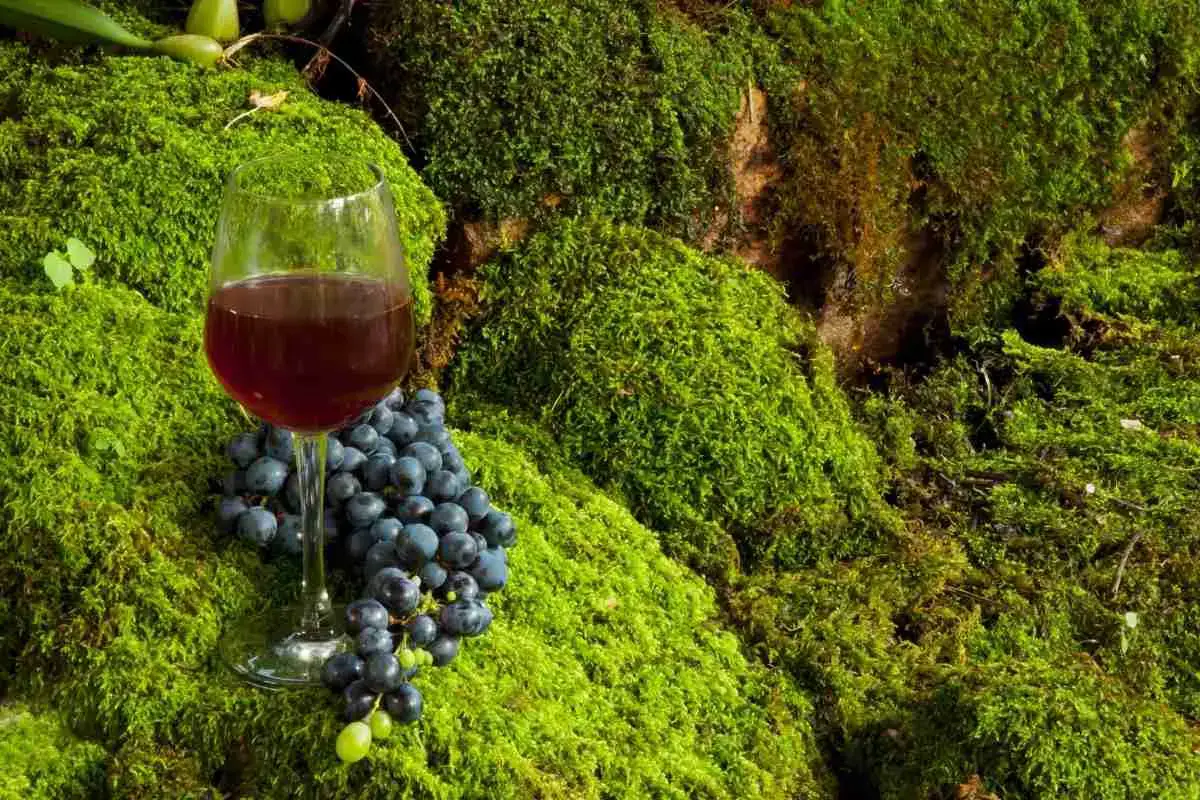
How To Grow Moss On Stone? The Ultimate Guide!
Read more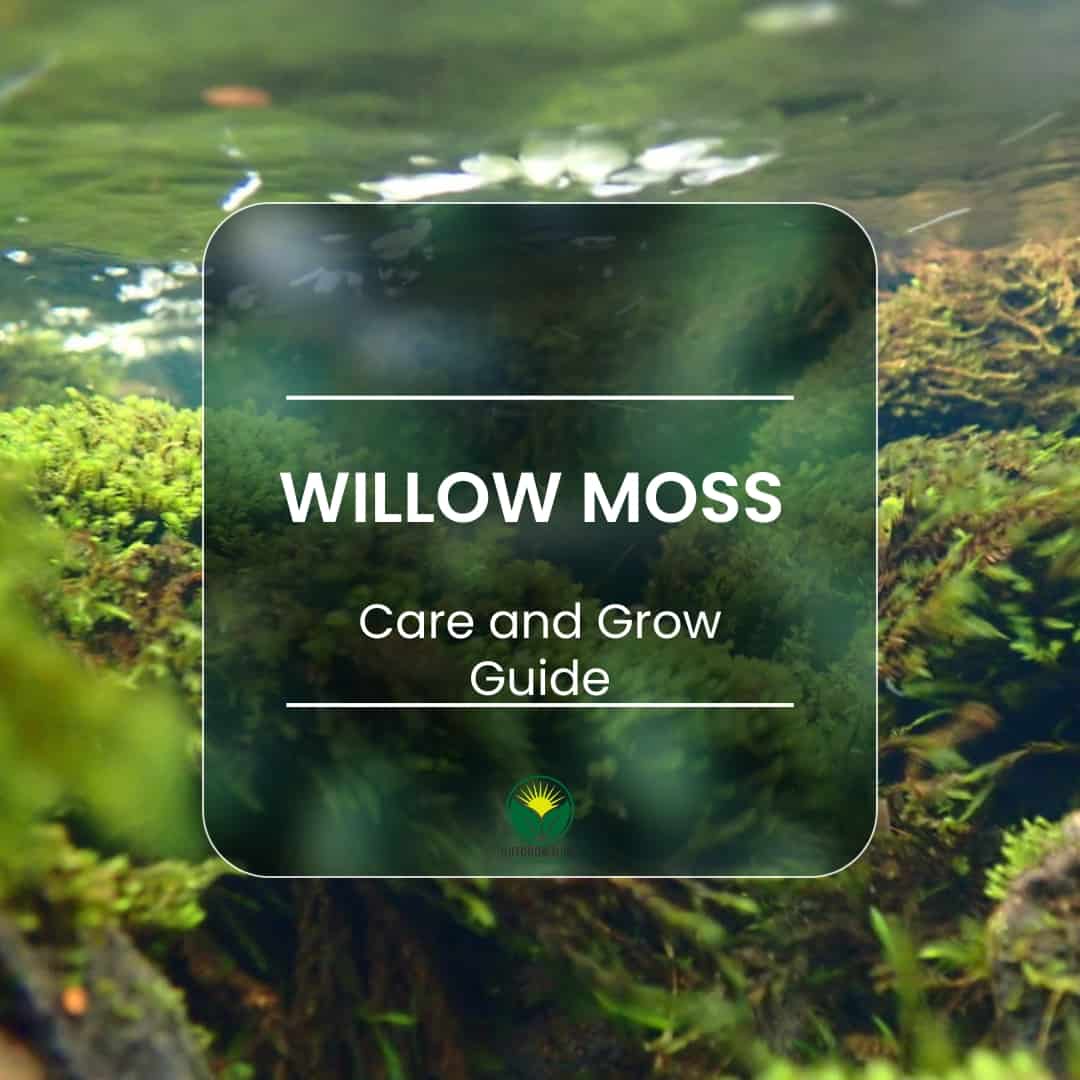
Willow Moss (Fontinalis Antipyretica). The aquatic moss par excellence. How to take care of it and make it grow in aquarium
Read more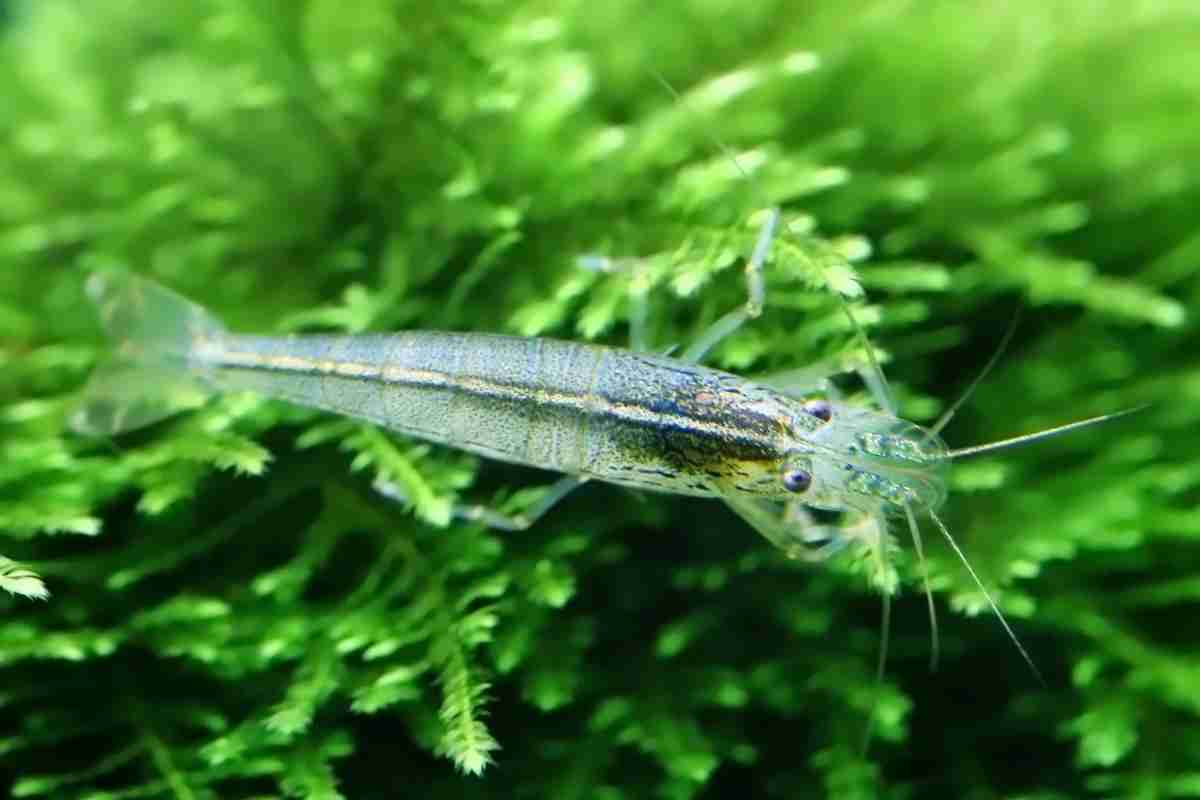
Can Java Moss Grow (Emersed) Out Of Water?
Read more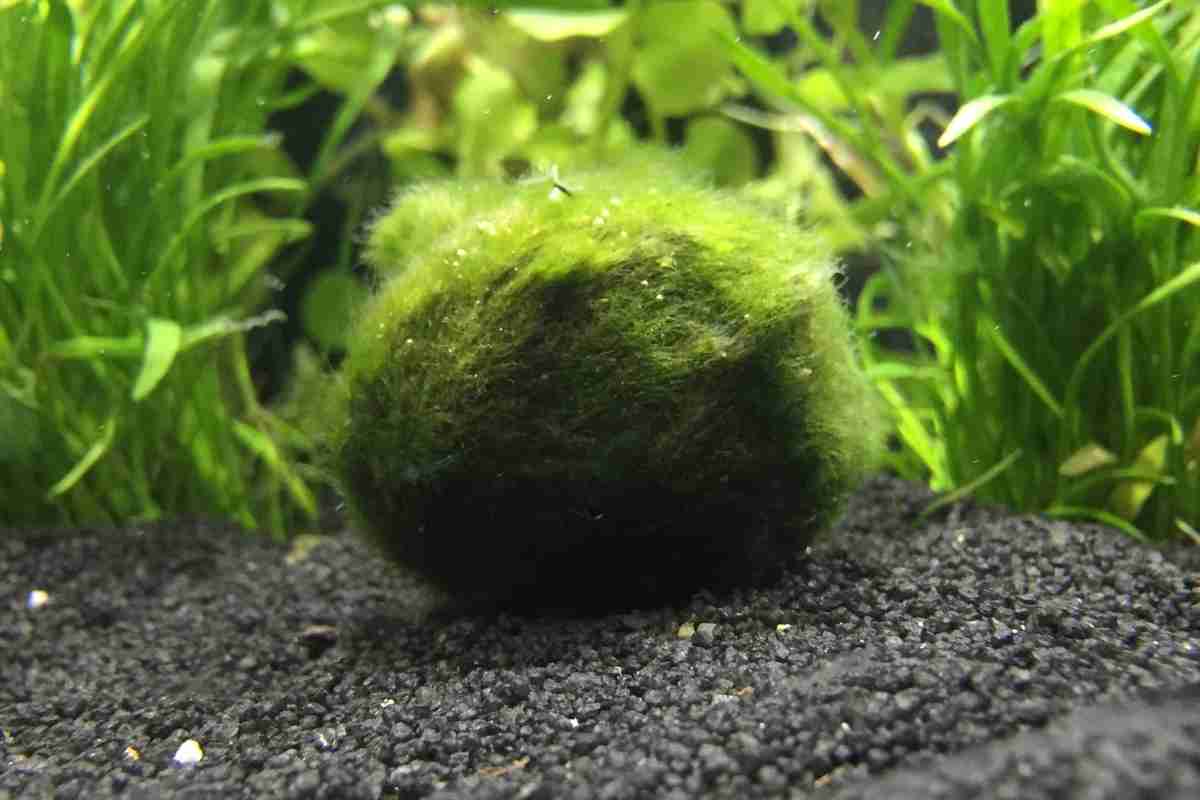
Marimo Moss Balls: Are They Safe?
Read more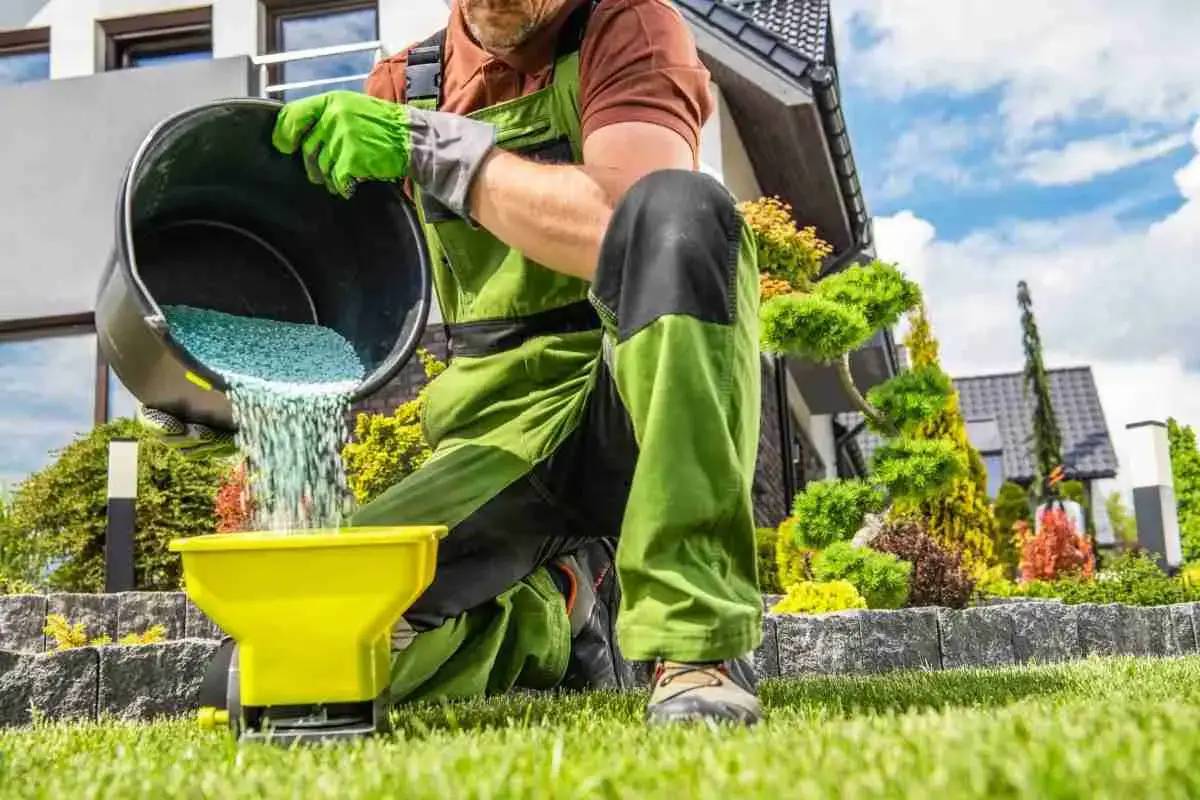
What Is The Best Time To Apply Moss Killer To The Lawn?
Read more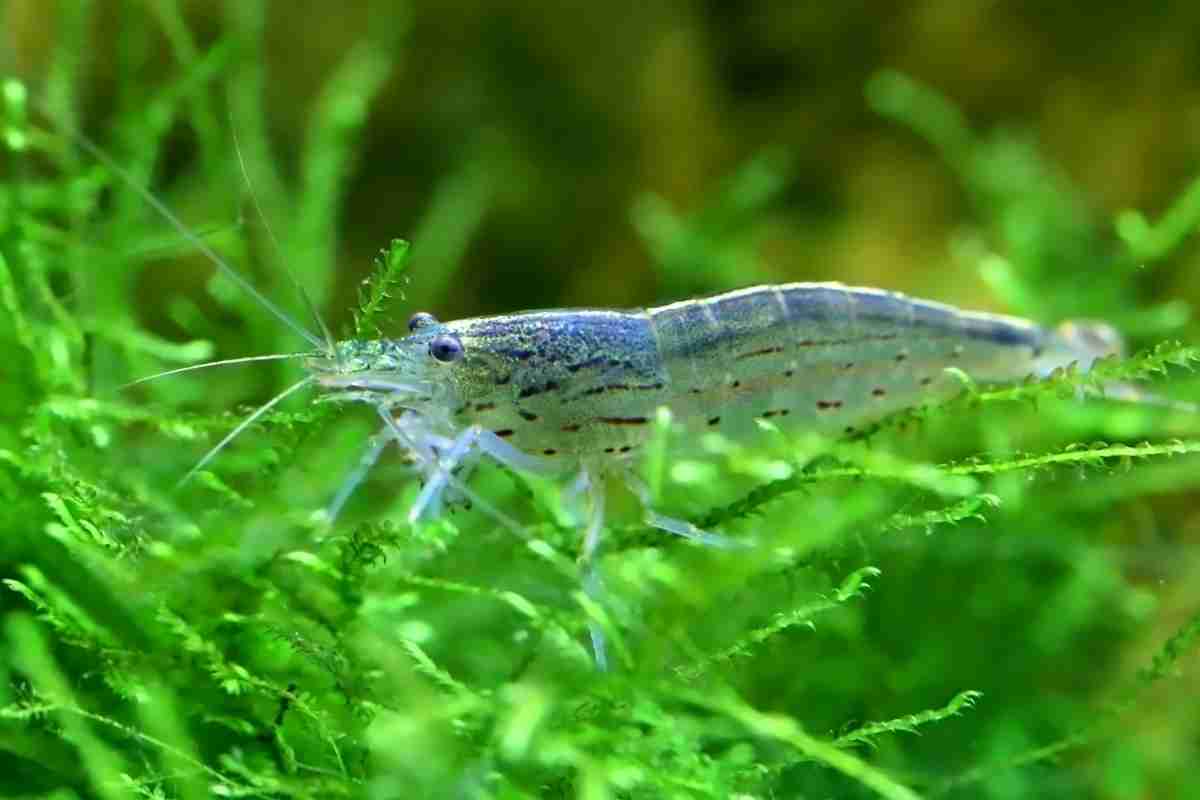
How To Grow Algae For Shrimp In An Aquarium?
Read more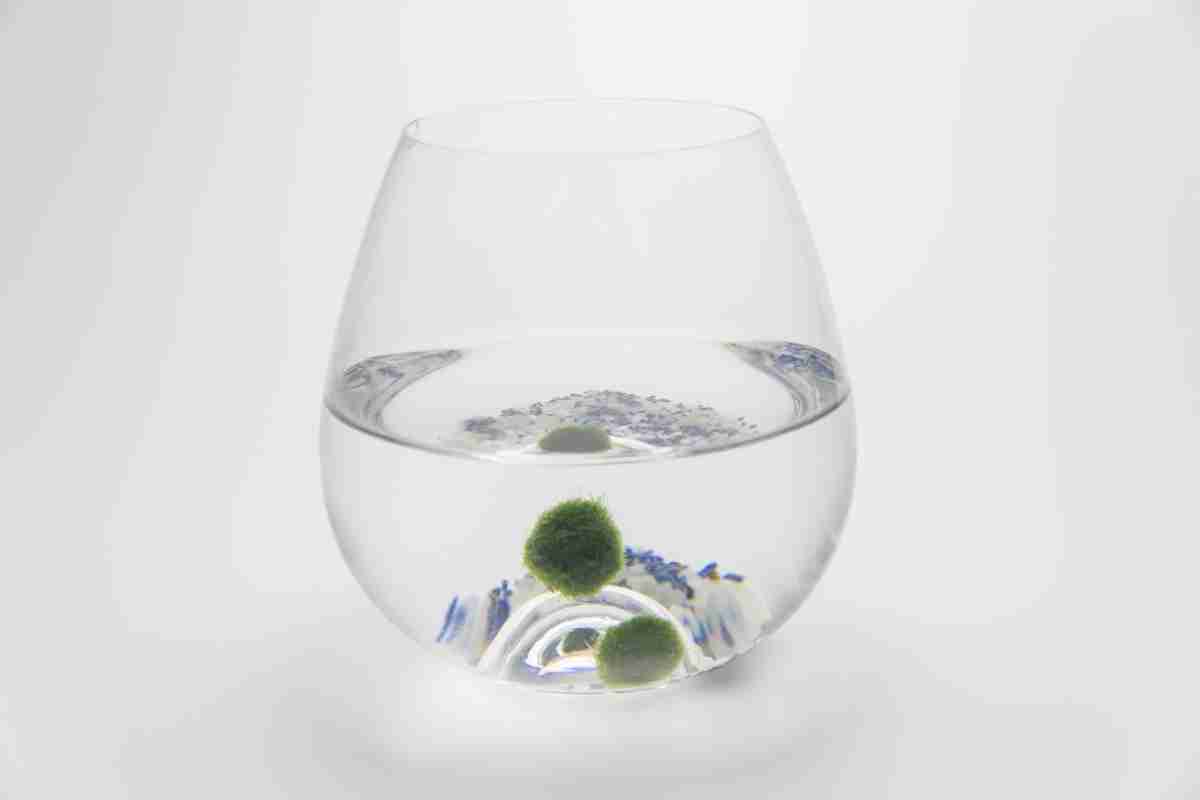
Floating Moss Balls: Why Do They Float?
Read more